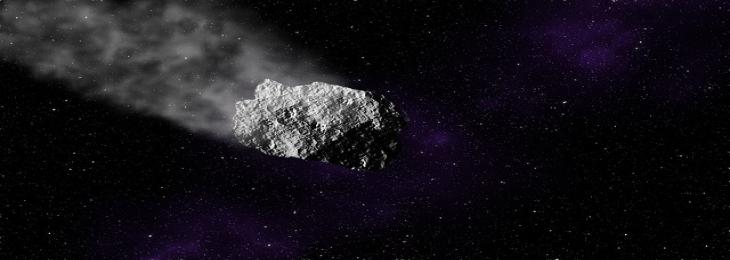
Not a sci-fi Hollywood movie plot, NASA made it real in defending Earth from any threatening asteroid impact in near future.
At NASA Planetary defense Officer Lindley Johnson established Planetary Defense Coordination Office in January 2016. The key responsibility of the PDCO is to provide information about Near- Earth objects such as asteroids and comets for any chance of potential hazardous impact on Earth greater than 1 percent over the next 50 years.
In November 2021 NASA launched the Double Asteroid Redirection Test or DART mission with aim to investigate and demonstrate change in an asteroids motion in space through kinetic impact. This is the world’s first planetary defense technology demonstration.
Under this mission on 26 September this year, purpose designed spacecraft DART which was flying in space for about 10 months, was deliberately collided with its target asteroid Dimorphos at a speed of 14,000 mile per hour. Dimorphos is 525-foot-wide asteroid moonlet orbiting larger asteroid named Didmyos, every 11 hours and 55 minutes. After two weeks of DART’s impact, observation shows the orbital period has shortened to 11 hours and 23 minutes. This 32-minute change is delightful success which is triple the estimated shift of about10 minutes by the Research experts’ team.
The spacecrafts sole instrument, the Didmyos Reconnaissance and Asteroid Camera for Optical navigation. A narrow angle telescope with high-resolution imaging measured the size and shape of the asteroid target and determined the impact site and geologic context. It took final images of close-up of Dimorphos surface before collision.
DART also carried a CubeSat companion Light Italian CubeSat for Imaging of Asteroids LICIACube, which was deployed by DART spacecraft 15 days prior the collision. It provided the images of collision effect in deflecting the asteroid. LICIACube is the first purely Italian spacecraft by Italian Space Agency.
The ejecta will now be studied in measuring the efficiency of momentum transfer in collision.
From four years from now The European Space Agency’s Hera Project is planning to conduct survey of both, the impacted asteroid Dimorphos and Didmyos. It will focus on the mass of the Dimorhpos and the crater created due to collision impact.
Such of human impacted collision was one of its kind






